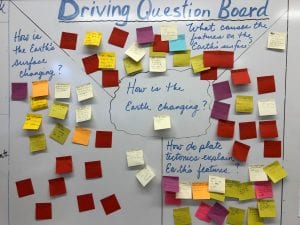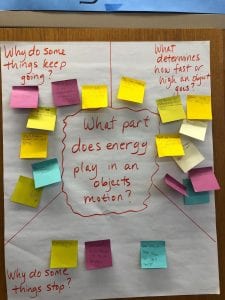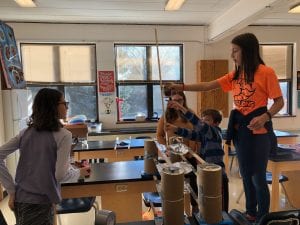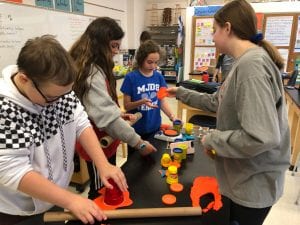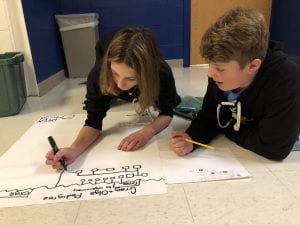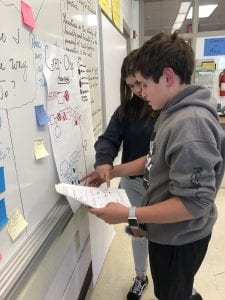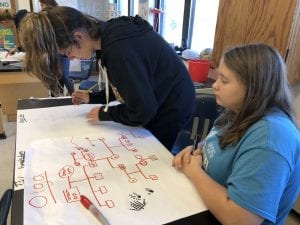What causes the Earth to change? How do earthquakes happen? Why do earthquakes only happen in certain areas? How much force does it take to knock down a building? Does kinetic energy have an impact on earthquakes? How do the tectonic plates move? Do people know when an earthquake will strike? These are just some of the many questions the 8th graders asked as we began a new unit last week with the overarching driving question being How is the Earth changing?
I begin each science unit by presenting the students with some kind of phenomena. This phenomenon could be a video, an image, an experiment and/or an action of some kind. The idea behind this is to get the students thinking and asking questions about a concept or idea. Students document their questions on post-its and add them to our Driving Question Board. These questions motivate students and give them ownership in the learning process by providing the “next steps” in learning. As we move through a unit, students answer their questions and ask new ones. As each question is answered, students gain valuable scientific knowledge and insight needed to answer the driving question in a meaningful way. The 8th graders have been doing this for over two years now in science class and their ability to ask rich questions keeps getting better.
Ask your kids about the maps and other evidence they have analyzed this week to help them begin to think about the Earth now and in the past.


